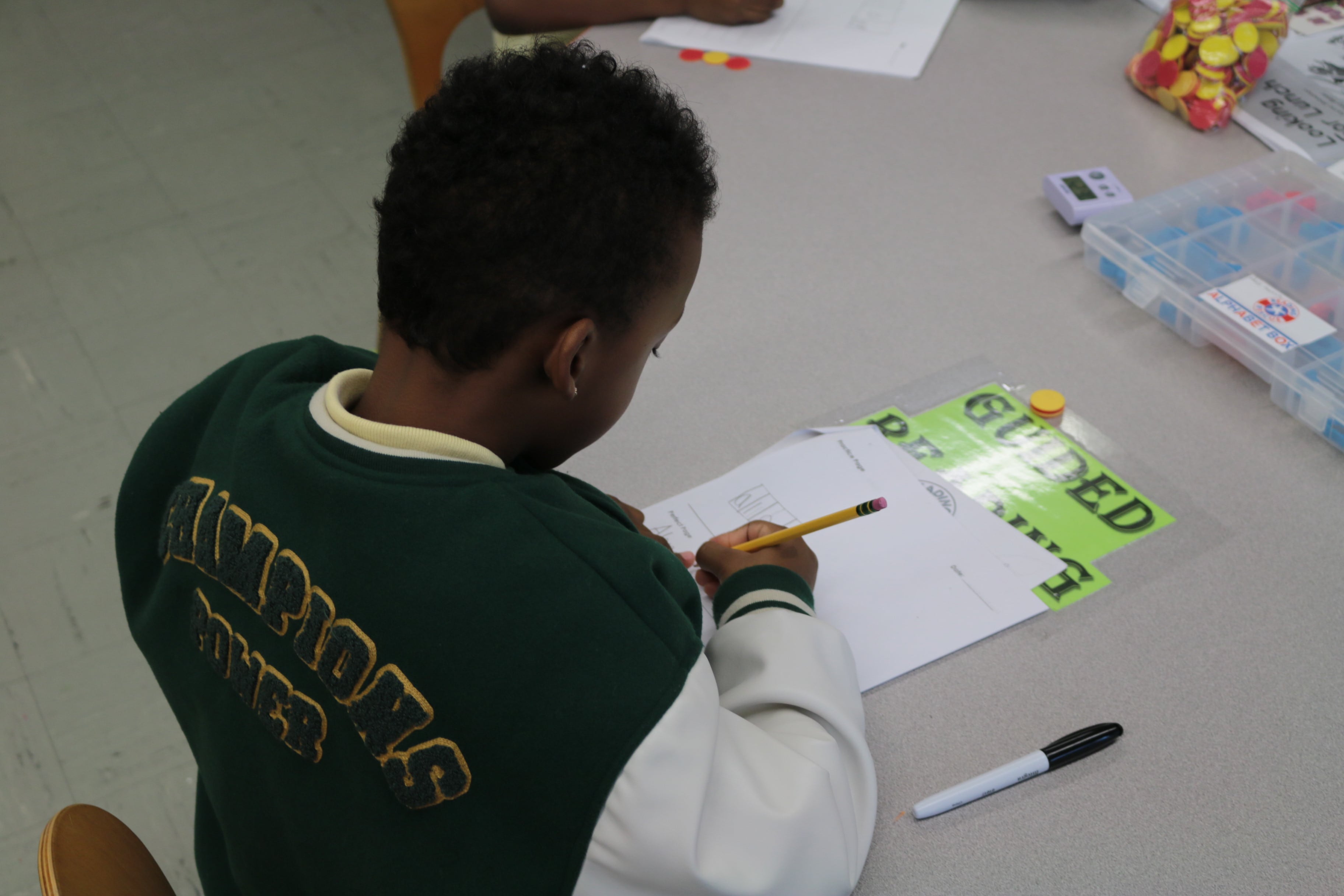Sign up for Chalkbeat New York’s free daily newsletter to get essential news about NYC’s public schools delivered to your inbox.
Mayor Eric Adams’ flagship education initiative, shaking up New York City’s approach to reading instruction, has yet to answer a fundamental question: Is it working?
City officials pointed to a new data point last week showing that elementary reading scores are ticking up year-over-year, according to short assessments, or screeners, that students across the city take three times a year to help their teachers gauge if students need extra help. Several experts, however, said the screener data should be interpreted with caution.
The figures show that 41.6% of children in grades K-5 scored above the national median this spring, a 2.5 percentage point increase compared with spring of 2024. Schools that were required to begin making curriculum changes two years ago saw slightly larger gains than schools that adopted new programs last school year.
Top education officials contend the figures represent early evidence that the literacy mandate known as NYC Reads, which requires all elementary schools to use one of three city-approved reading curriculums, is taking root. The new curriculums are meant to align with longstanding research about how students learn to read, known as the science of reading.
“It’s really, really promising news, because what it’s showing is progress,” First Deputy Chancellor Dan Weisberg told the Daily News.
City officials also released the results of math screeners, which show that 38.4% of students in grades K-5 scored above the national median this spring, a 3.2 percentage point increase compared with the previous year.
In a press release, Adams and schools Chancellor Melissa Aviles-Ramos linked those gains to a math curriculum shakeup called NYC Solves, which requires schools to adopt city-approved math programs. But NYC Solves does not include students in elementary grades. An Education Department spokesperson noted that some elementary districts have begun changing math curriculums even though there is no requirement to do so through NYC Solves.
The scores come at a delicate moment as the current administration works to expand the reading and math curriculum overhauls. If Adams does not win reelection in November, decisions about the curriculum mandate, known as NYC Reads, will fall to a new mayor who could change course if the program is not seen as a success. Zohran Mamdani, the Democratic nominee, previously said NYC Reads is “an important step in the right direction” while noting teachers may need more leeway to implement it as they see fit.
Meanwhile, experts said the screener data can’t definitively show whether the curriculum changes are taking hold.
“These results are good news, but it is too early to determine whether this is a useful step towards the intended goal or irrelevant noise,” said Timothy Shanahan, a reading expert and professor at the University of Illinois, Chicago, who reviewed the data at Chalkbeat’s request.
Shanahan added that scores were ticking up on the screeners even before the curriculum changes were implemented. “I would be uncomfortable claiming these [curriculum] changes were the cause of the gains,” he wrote, noting that other factors such as changes in student attendance could affect the scores.
Screeners are generally less comprehensive than state exams students must take every year, according to literacy experts. They are designed to help teachers quickly identify which students need extra support. The assessments in grades K-2, from a company called Acadience, can be administered by a teacher in minutes. In higher grades, students take adaptive computer-based assessments, meaning the questions change based on whether a student is answering them correctly.
Adrea Truckenmiller, an associate professor at Michigan State University who has studied literacy screening, said the assessments often correlate with state test results, especially in upper elementary grades, offering an early signal of whether students are on the right track. They also include younger students while state exams only assess students in grades 3-8.
“Reading screeners are imperfect but they are the best thing we have,” Truckenmiller said.
The data show students in those early grades saw an increase of 3.2 percentage points year over year, while those in grades 3-5 had a 1.7 percentage point gain.
Similar to state test results, the screener data shows deep disparities between student groups. About 56% of white and Asian American students scored above the national median in reading compared with about 29% of Latino and 35% of Black children. Only 19% of students with disabilities and 13% of English language learners scored above the national median.
Even as city officials hope that the screeners are an early indication of success, that has yet to show up on state assessments. During the 2023-24 school year, student reading scores declined slightly, with larger drops in districts that were first to change curriculums. City officials described the results as an “implementation dip” as teachers were still adapting to the new curriculums. Last school year’s state test scores are expected to be released later this summer.
Aaron Pallas, a professor at Columbia University’s Teachers College who has studied school performance, said the state tests offer a deeper picture of student achievement, though he noted that a variety of factors can influence those scores.
“As usual, it’s the complex challenge of trying to paint a picture when there are many different parts of a puzzle,” Pallas said. “The screening assessments are one bit of evidence.”
Alex Zimmerman is a reporter for Chalkbeat New York, covering NYC public schools. Contact Alex atazimmerman@chalkbeat.org.





